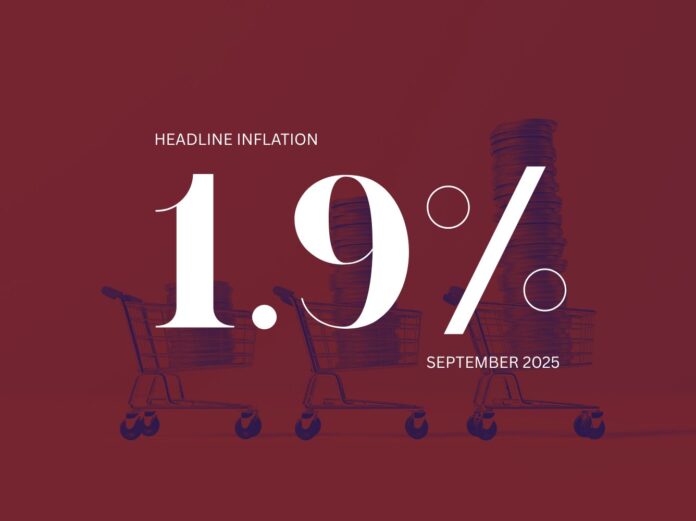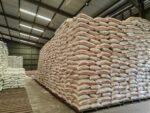Inflation likely rose to 1.9 percent year-on-year in September from 1.5 percent in August, driven by higher food prices following recent tropical storms that damaged agricultural output.
The anticipated pickup in headline inflation, some analysts noted earlier, comes after a notable increase in August, when price pressures accelerated for key consumer categories, including food, household goods, and healthcare, according to data from the Philippine Statistics Authority.
The September print would mark the highest inflation reading since March, but still remains well within the Bangko Sentral ng Pilipinas’ (BSP) 2025 full-year forecast of 1.7 percent.
For September, the rate at which prices change is forecast to range from 1.5 percent to 2.4 percent.
At the same time, industrial production likely remained subdued in August as weak external demand continues to weigh on the country’s export-oriented sectors. The data could tell whether the economy has taken a turn for the better or the opposite. Sluggish global trade, partly due to the impact of tighter monetary policy in advanced economies, has continued to dampen the country’s manufacturing output—a trend that may constrain near-term growth momentum.
Despite the recent inflation uptick, the BSP, analysts said, is widely expected to keep its benchmark interest rate unchanged at 5 percent in its upcoming meeting, following three rate cuts earlier this year. The central bank has maintained a broadly stable inflation outlook, although it acknowledges upside risks such as potential adjustments in electricity prices and higher rice tariffs. With inflation still below target and domestic demand holding firm, the BSP is seen prioritizing economic stability while keeping a cautious eye on global developments.
For households, a rise in food prices may strain budgets in the near term, particularly among lower-income groups. However, the central bank’s likely pause in rate adjustments means borrowing costs for consumer loans and housing are expected to remain stable.
For businesses, especially those reliant on imports or exports, subdued industrial activity and external uncertainties may continue to pose challenges, although the stable interest rate environment offers some predictability for planning and investment.
Overall, while inflationary pressures appear to be returning modestly, the monetary policy stance is expected to remain on hold, balancing support for growth with vigilance against emerging price risks.







